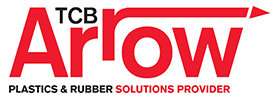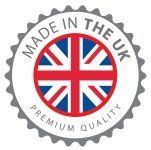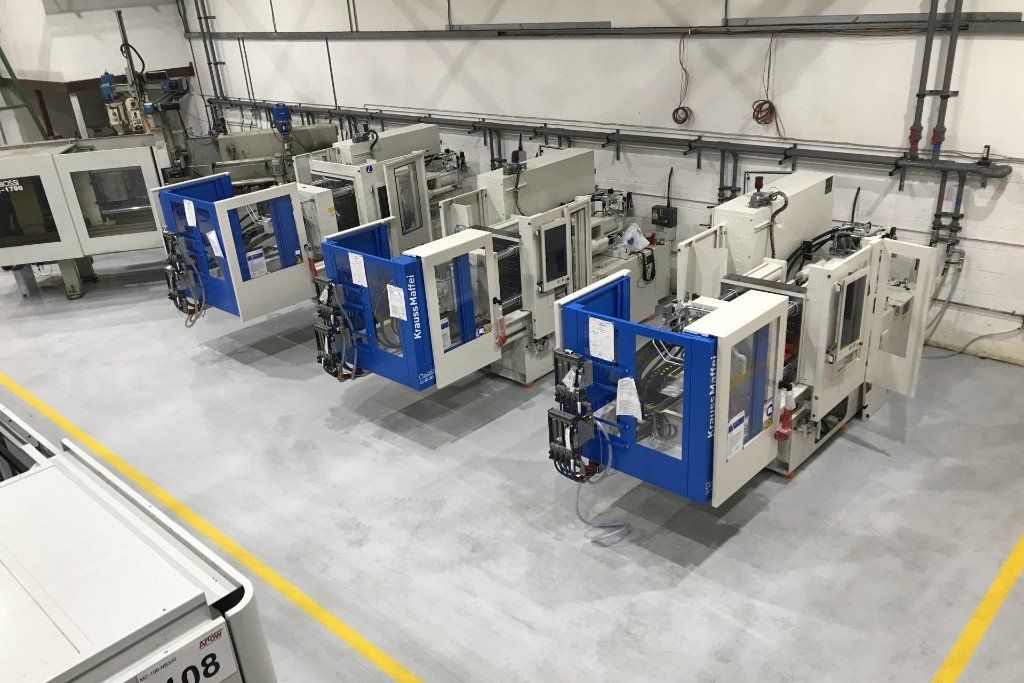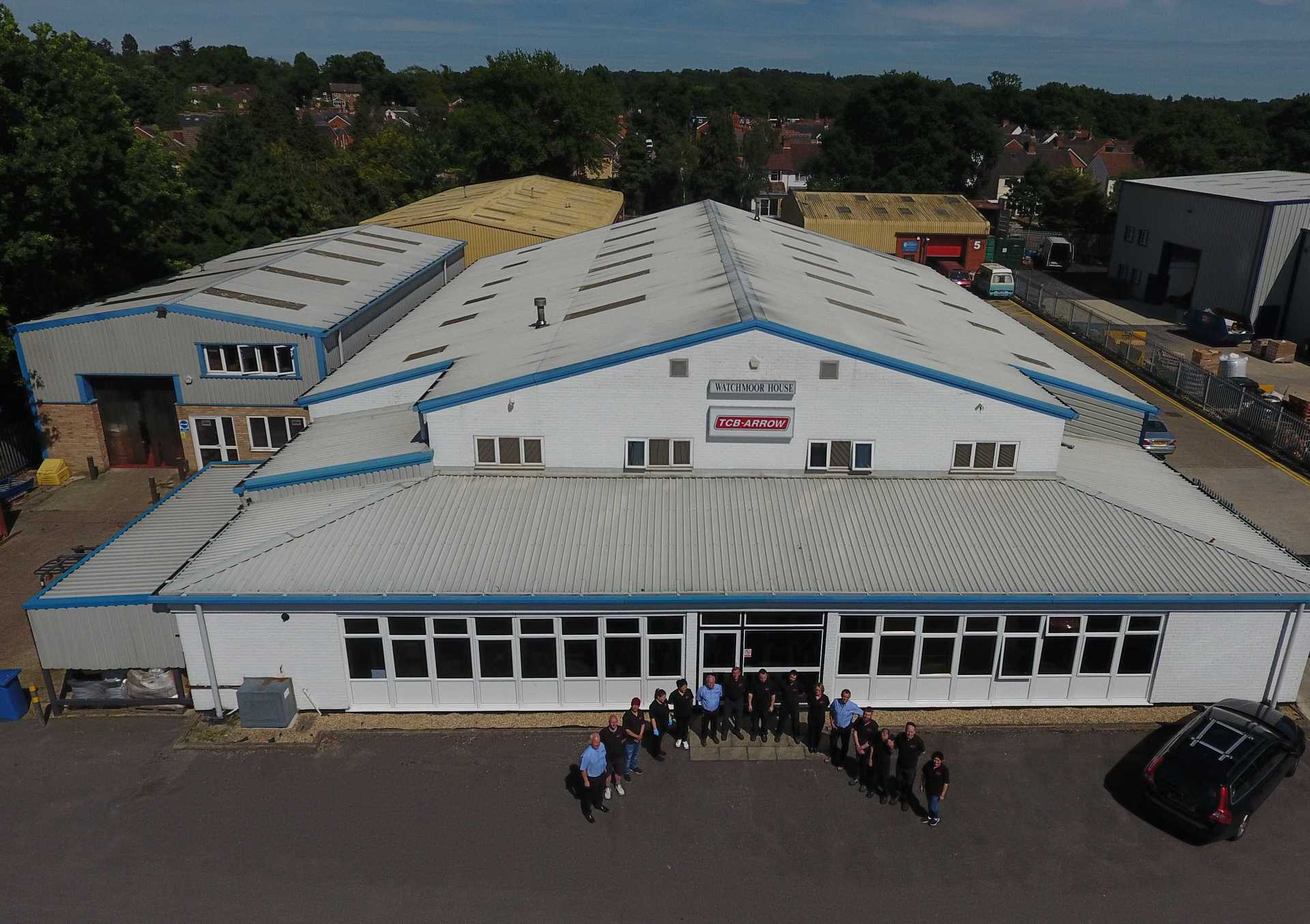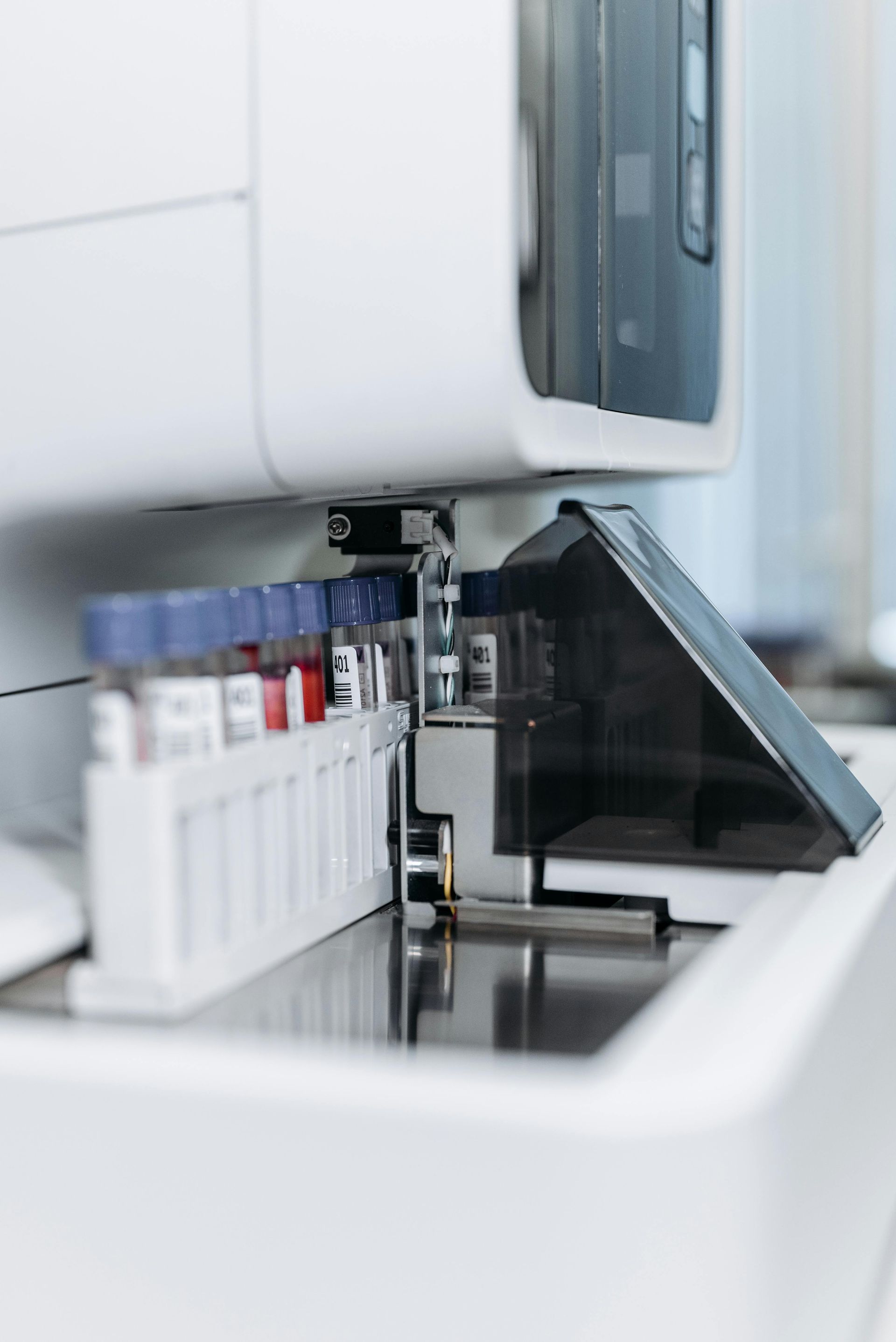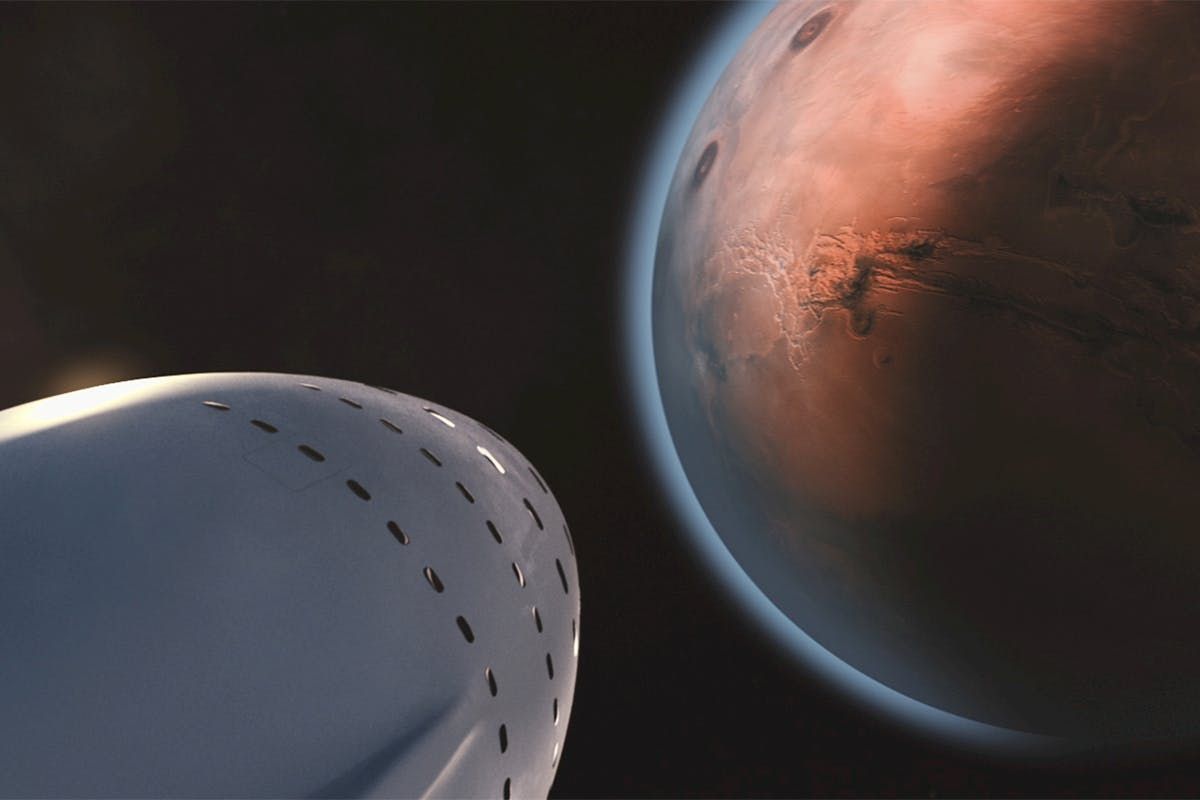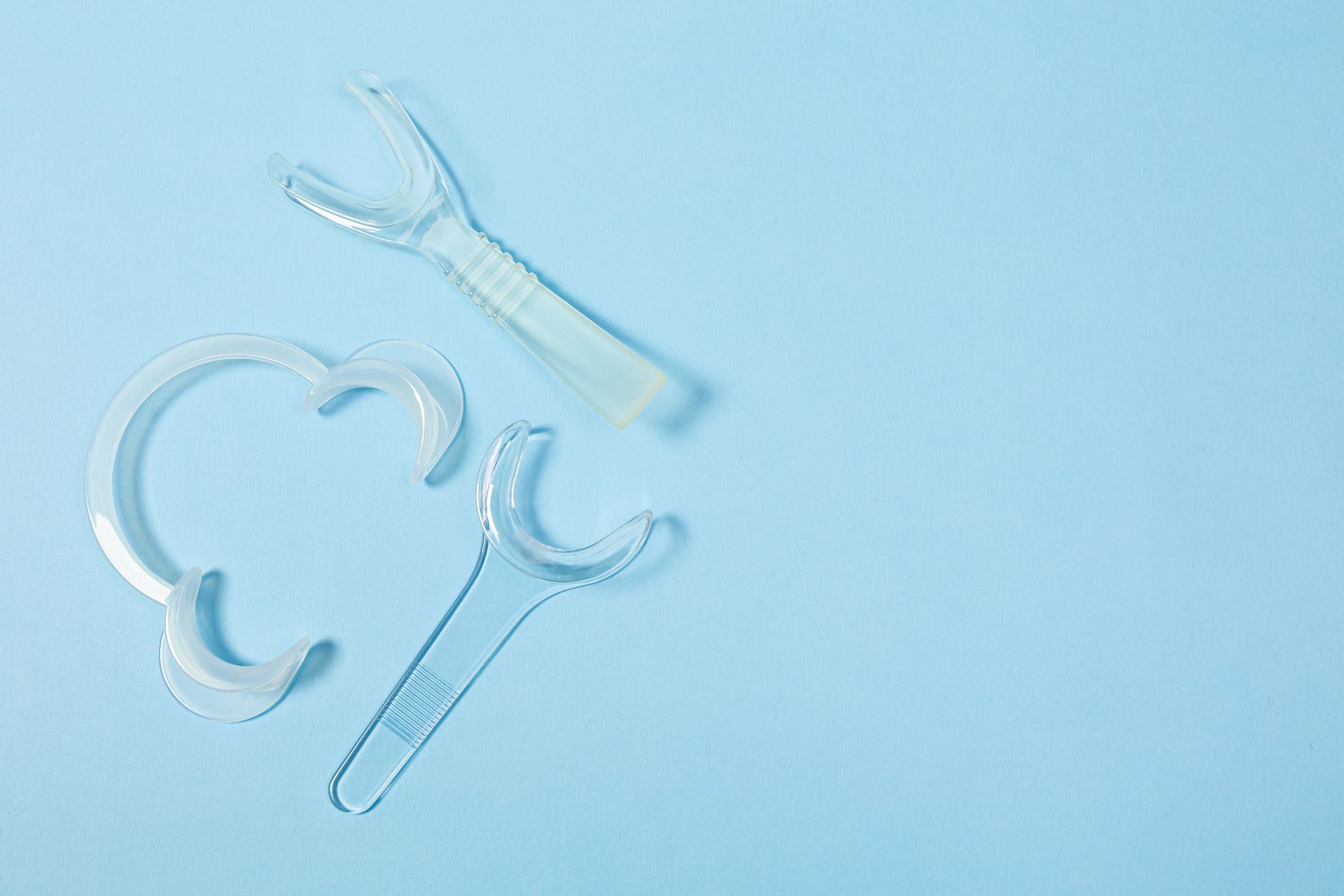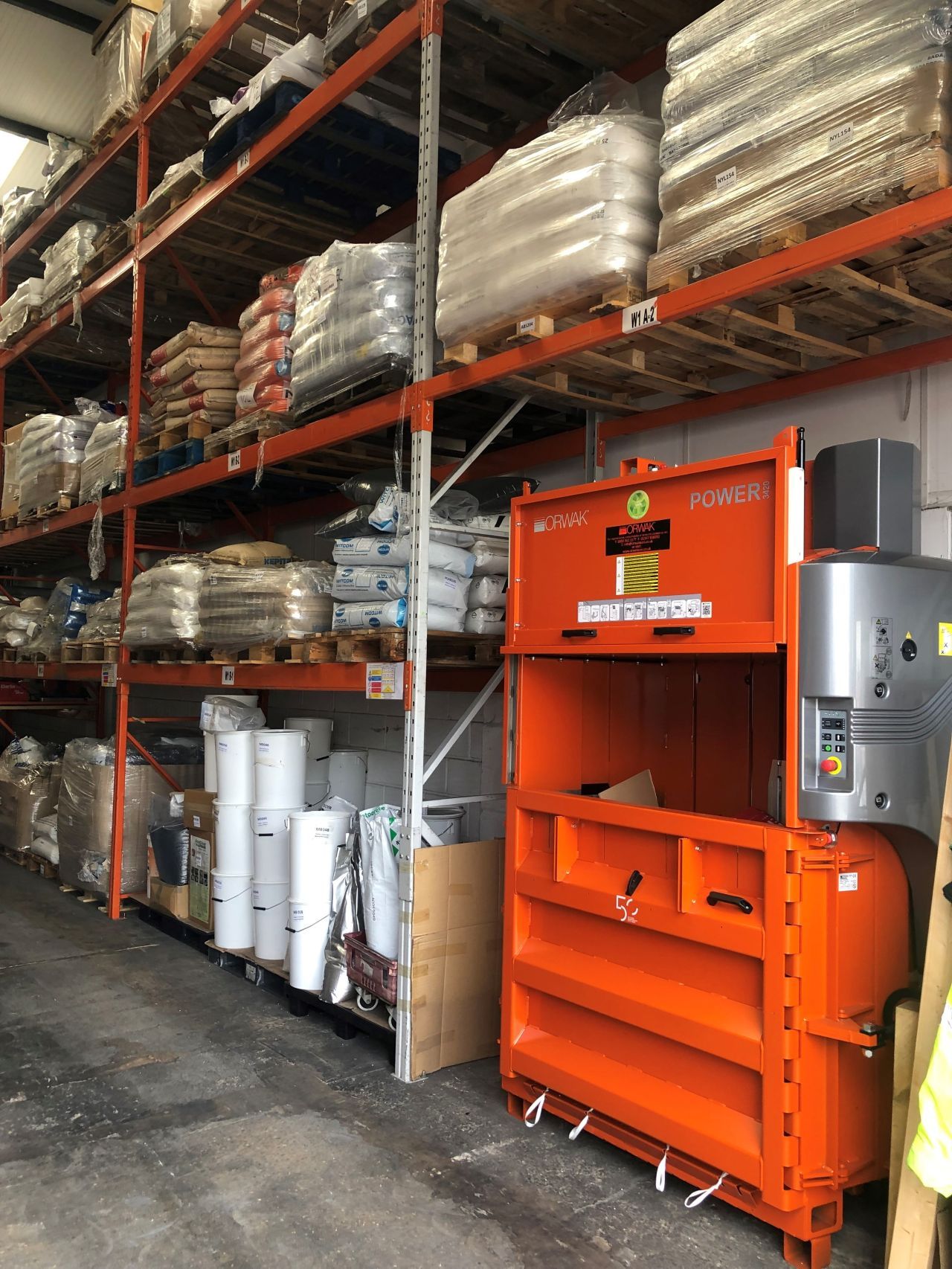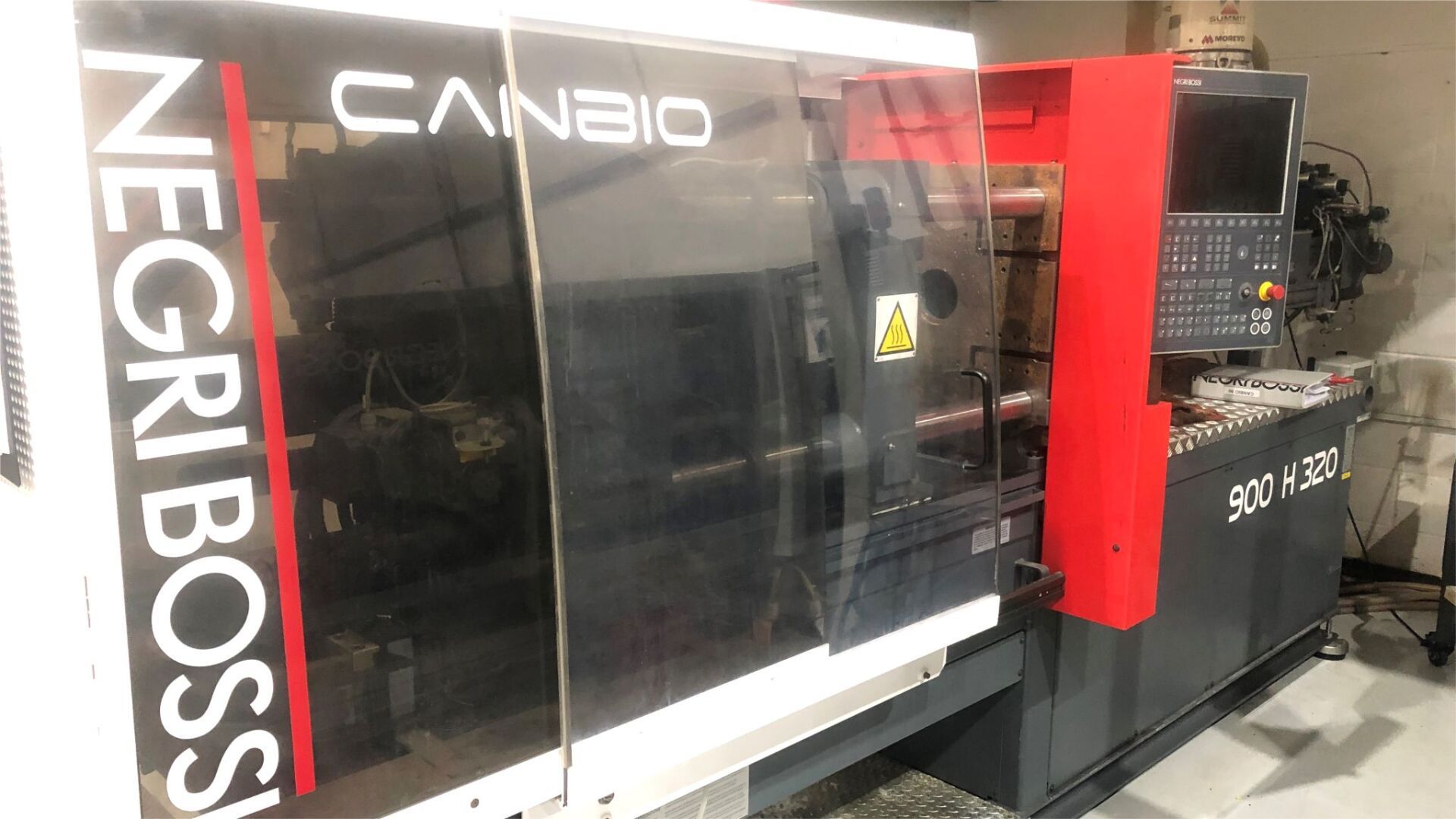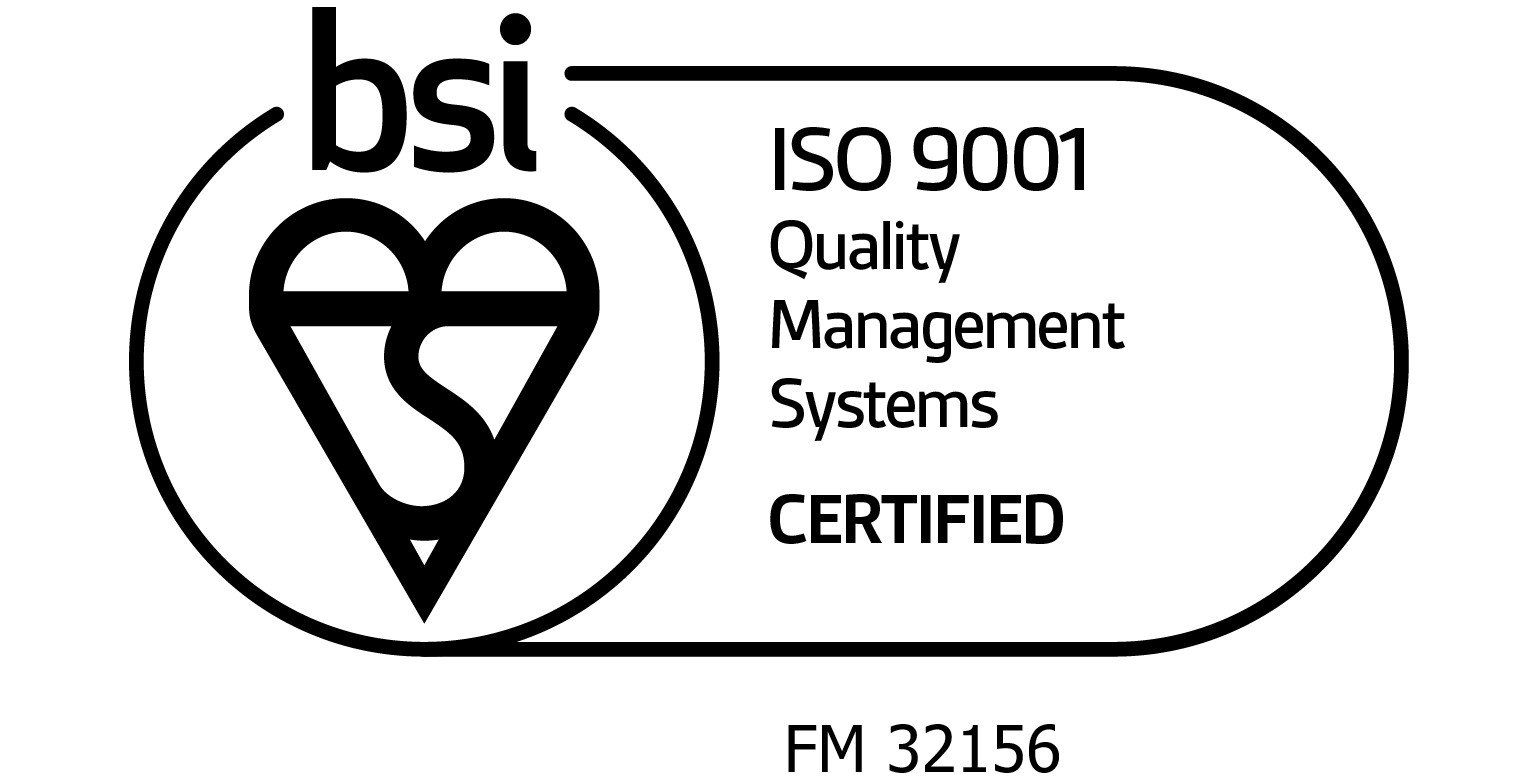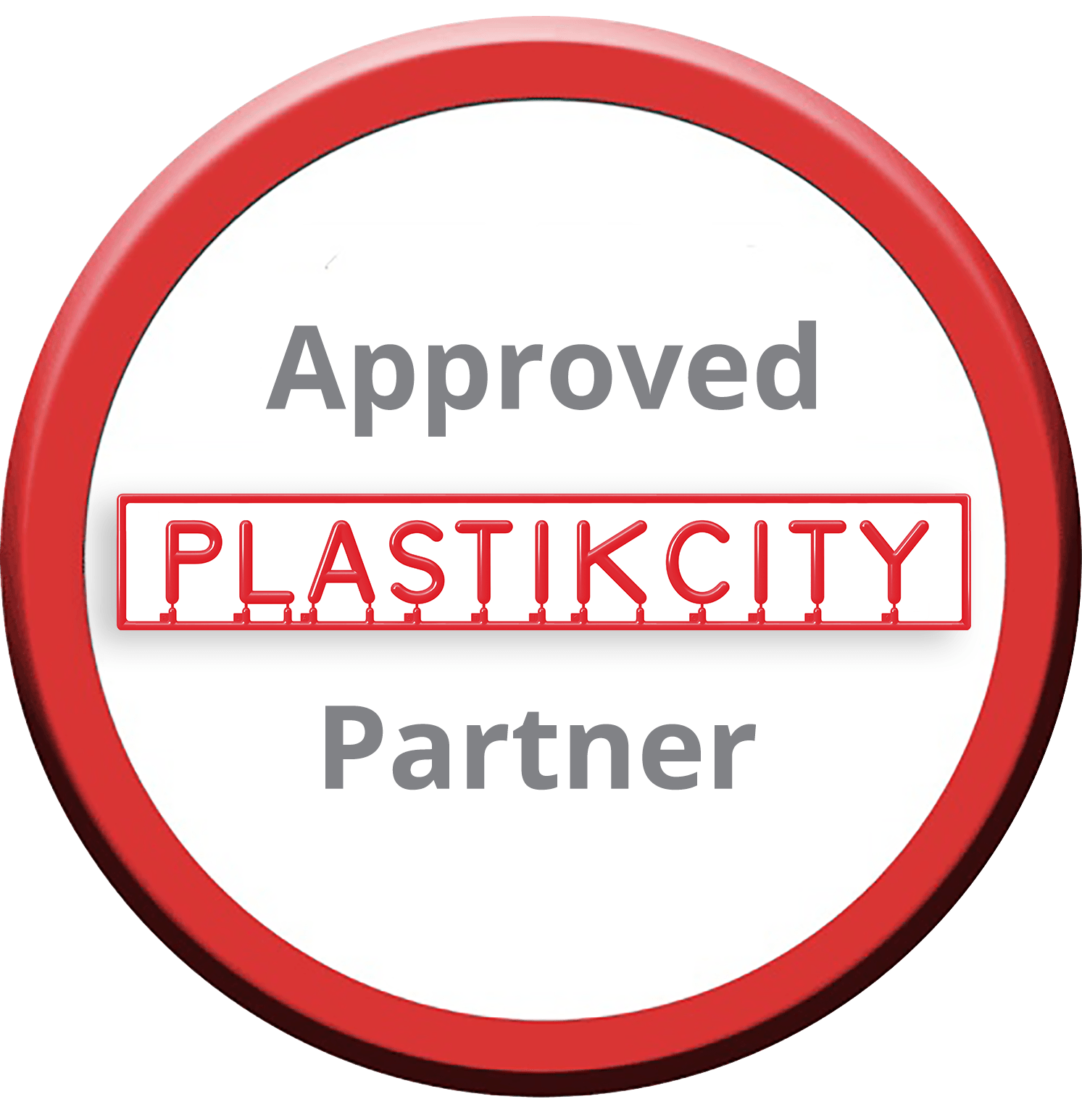The TCB-Arrow Core Processes
Murray Humphries • May 2, 2019
TCB-Arrow’s Quality Management System
Traditional quality management systems are paper folders, not connected to the business, and barely looked at.
TCB-Arrow’s system is designed to be an integral part of the business to prevent deviation from process.
Contract Review
- Customer order receipt
- TCB-Arrow order review and acknowledgement (price review, production lead time review, delivery date)
NPI - New Product Introduction
- This process ensures we capture customer product specifications and expectations consistently
- Process capability studies are part of TCB-Arrow’s NPI process. Generally we take 30 consecutive shots from a new mould tool and statistically review their dimensions to look at standard deviations versus dimensional tolerance. CPK value above 1.33 is a general requirement. This is not a necessity of the ISO standard but it is a fundamental part of TCB-Arrow ensuring we exceed customer expectations.This NPI validation process is aligned with recognised FDA standards.
Product quality control
- This process ensures we manufacture products to the agreed specification.
- Traceability - we capture both materials and operator information against each production works order in our MRP software to ensure we maintain full product traceability.
- First off and last off samples are retained from every batch run and inspections carried out throughout the process including SPC measurements of critical dimensions.
- Materials, operator and inspection results are available and encorporated into a final certificate of conformity to accompany goods as required by customers.
Document Control
- This is an important process to ensure that we capture and control any document changes within the business. This includes customer issued drawings, internal drawings, procedures, policies etc
- Our real time documentation system puts everything on hold if a customer advises that they are updating any released documents, through to re-release
- The improvements log maps significant improvements and the investments that the business has made. It demonstrates long term commitment to the future of the business.
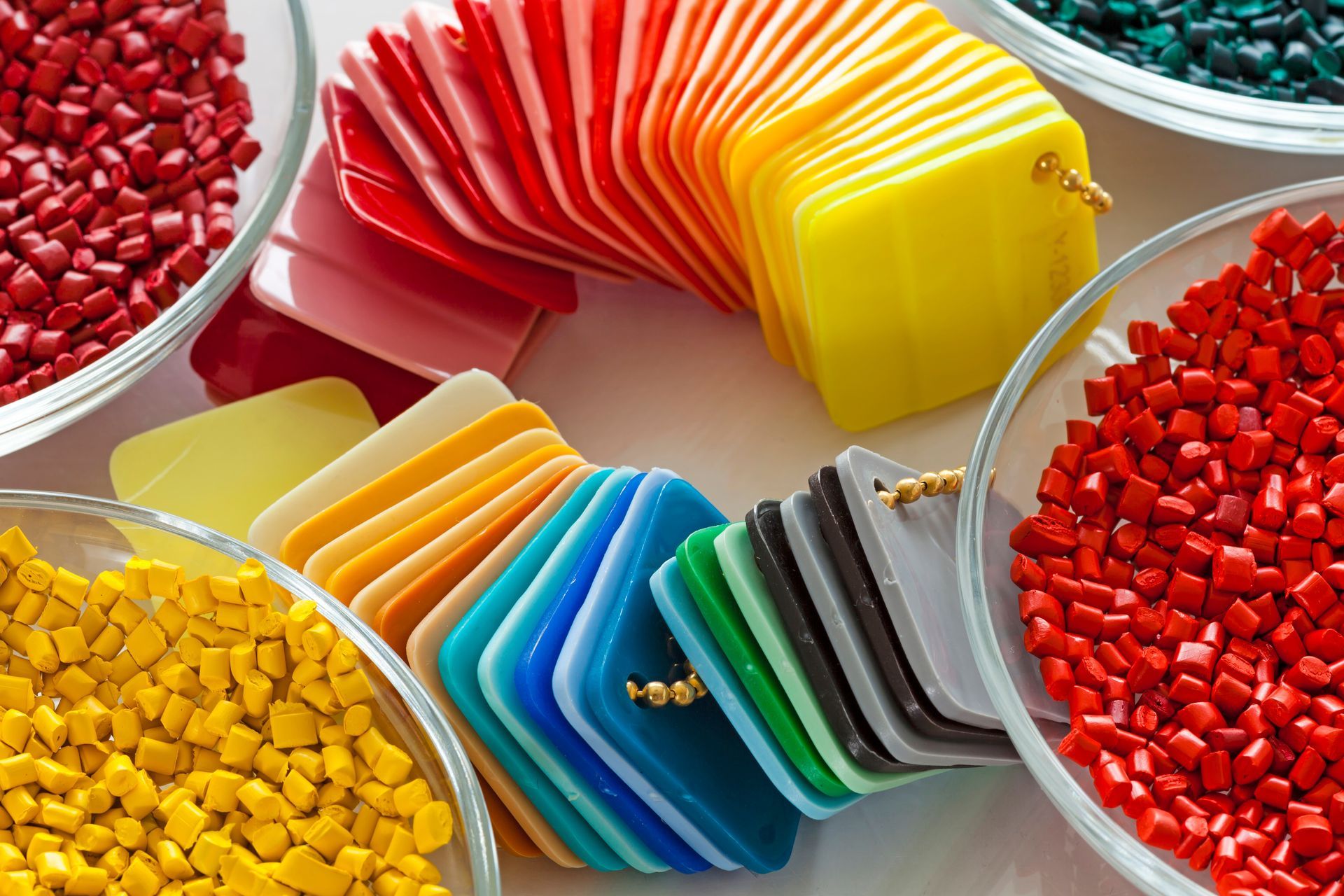
With strides being made to move towards greener manufacturing, a common question is “Why do we continue to produce and use plastics?”. After all, they don’t have the best reputation as sustainable materials. However, thanks to developments in the industry, this isn’t necessarily true anymore.
Read our blog to find out the benefits of plastics in manufacturing.
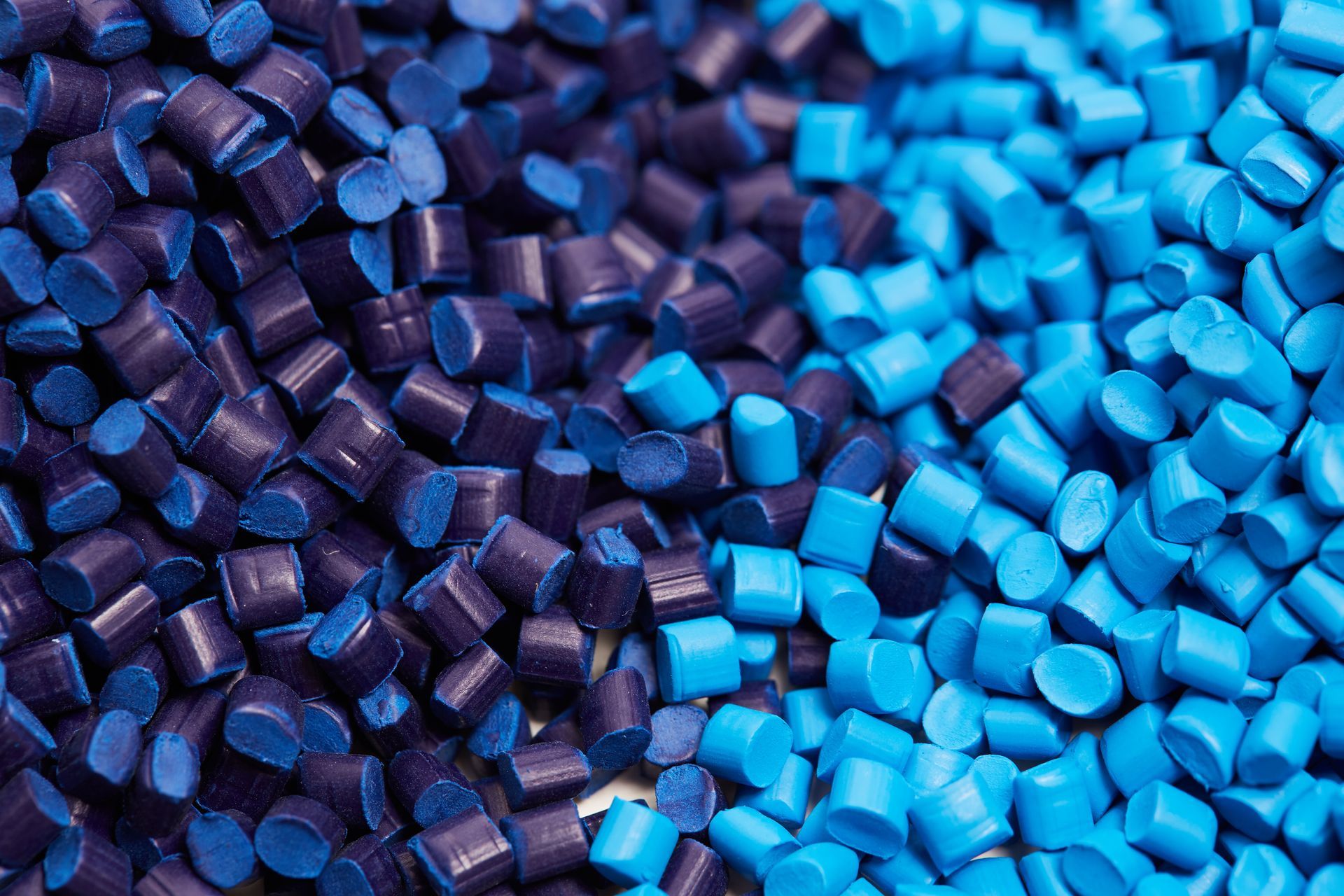
Plastics are an essential material for manufacturing millions of parts, components and products. Sometimes the properties and behaviours need to be formulated in order to serve the right purpose.This is made possible by additives, which enhance certain properties and help to deliver the desired outcomes to the plastics with which they’re combined. Here are three popular additives which serve different purposes in plastic production.
